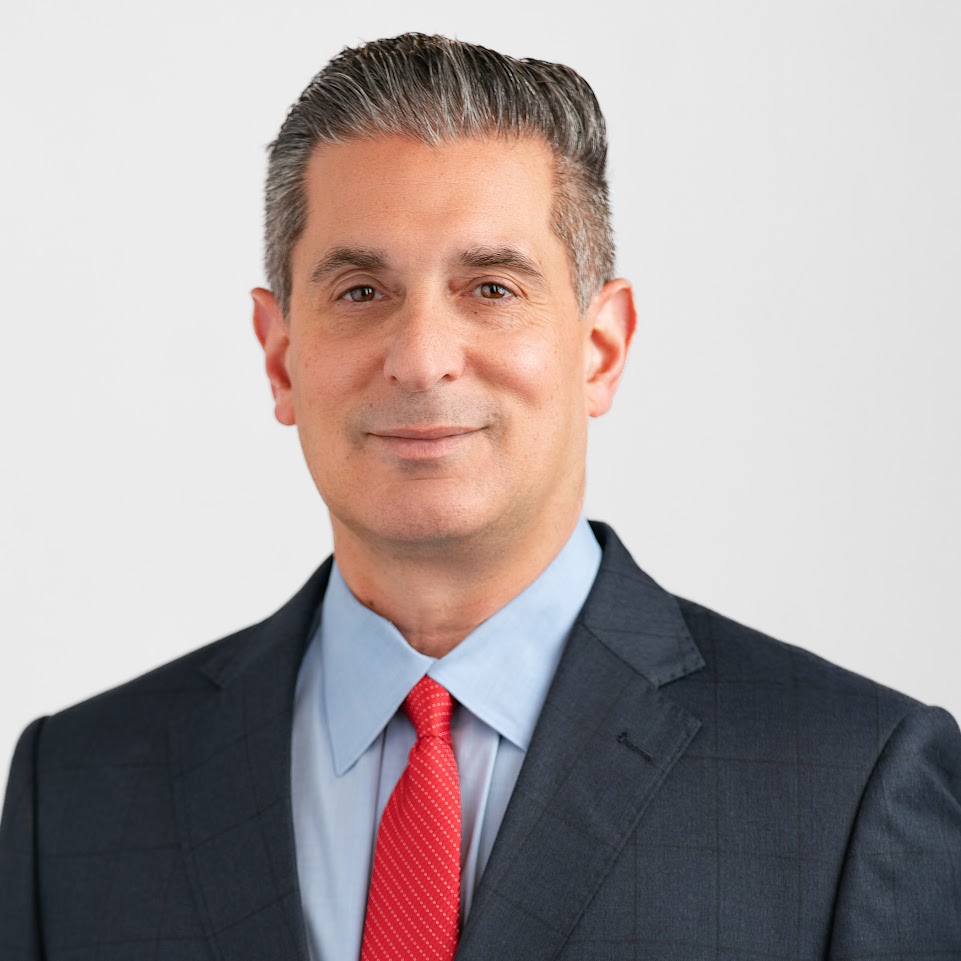kms activation windows 8.1 ✓ Activate Your OS Easily ➔ 2025 Guide
January 23, 2024
The Old Adage, “Real Estate is Local,” Has Never Been More True
February 22, 2024What’s next? A turbulent 2023 put a vast number of real estate developers on their heels. The rapid and unceasing rise in interest rates was a situation many had never encountered after more than a decade of low and predictable interest rates. Even for seasoned developers who had gone through a couple of up-and-down cycles, 2023 was a massive challenge. After identifying many of the issues in 2023, we believe 2024 should be the year when developers start addressing problems and fixing capital structures. To do this, developers will need the creativity and flexibility of the private credit markets to help develop solutions.
Let’s first look at how the business model for developers was disrupted by 2023’s rising rates, and then what’s changing for 2024.
DSCR dictated loan size rather than the LTV cap.
In approving loans and their amounts, Fannie Mae and Freddie Mac rely on two main ratios to determine loan size: loan to value (LTV) and debt service coverage ratio (DSCR). An LTV around 75% or less, and a DSCR of 1.3x or more, generally can lead to approval in a loan program.
When interest rates hovered in the low single digits, DSCR generally did not come into play and LTV was the main determinant of loan size.
Let’s look at what a difference a year made.
Scenario 2022:
Interest rate: 4%
Property value: $10M
Annual net operating income (NOI): $500,000
At 75% LTV, the developer could get a $7.5M Fannie Mae or Freddie Mac loan ($10M x 0.75).
Their annual interest expense would have been $300,000 ($7.5M loan x 0.04 interest rate)
DSCR would then be 1.67x ($500,000 NOI / $300,000 annual interest expense)
Net result: LTV drove loan size of $7.5 million.
But then rates changed. See the impact the rise had in Scenario 2023.
Scenario 2023:
Interest rate: 6%
Same property value and NOI
The same $7.5M loan now had an annual interest rate expense of $450,000 ($7.5M loan x 0.06 interest rate)
NOI remained at $500,000, but the DSCR fell to 1.1x ($500,000 NOI / $450,000 annual interest expense).
Net result: DSCR of 1.1x is lower than the required 1.3x, so the loan does not quality.
What then occurs: Decreasing loan amounts and therefore LTVs
If the developer still wanted and needed a loan, they needed to bring their DSCR within the acceptable range. This meant lowering their interest expense, hence a smaller loan.
How much smaller? Look at it this way: $500,000 NOI divided by 1.3x DSCR – these two constants don’t change in either scenario – meant $384,000 was the most annual interest the lender would approve; that’s a $6.4M loan at a 6% interest rate ($384,000 / .06 interest rate).
Net result: LTV falls to 64% from 75%. Now the developer had another problem. How do they make up the shortfall given they were expecting the additional money to fund other projects?
The impact of lower LTVs on developers’ pipelines
In Scenario 2022, the developer of the $10M property was accustomed to finishing projects, leasing them, and then getting $7.5M long-term loans. They used the loan proceeds to pay off construction debt they may have had and used any excess as equity for new projects.
It would play out like this:
To get construction on the $10M project started, the developer secured a $4.5M construction loan and put in $1.5M of their own equity for a total investment of $6M.
When the project was completed and leased, the developer refinanced this now cash-stabilized property with a $7.5M Fannie Mae loan, which they used to pay off the $4.5M construction loan, leaving $3.0M in equity to put into their next project(s).
Now multiply this scenario across the developer’s entire portfolio of, say, 10 projects.
When rates were low and stable, the developer could fairly accurately predict their future cash flow plans. But then rates went up – fast – faster than anyone imagined or expected. Financing moved from Scenario 2022 to Scenario 2023. So, rather than get a $7.5M refi, the developer got only $6.4M. Now when the developer paid off the $4.5M construction loan, there was only $1.9M left, $1.1M less than was expected. But their needs hadn’t changed: they still needed $3.0 for the projects in their pipeline.
This put developers in the uncomfortable position of having to make up the difference and weighing their three available options:
- Raise equity, which can be difficult and dilutes their profits
- Secure mezzanine or preferred debt, which is expensive
- Slow down their pipeline, if possible, which is contrary to their very being and is also expensive
In 2023, developers tried to use everything in their arsenal, and typically undertook all three options. But it’s the last option which perhaps inflicted the most pain.
If they bought properties in their pipeline with an acquisition loan, which is typical industry practice, they still needed to service the interest on that acquistion loan. Time was ticking away, and if they weren’t working on construction, they were no closer to making the property income-generating.
The role of bridge lenders in a volatile market
Some developers looked to the bridge loan market, which even with higher rates and extension fees, at least kept these properties moving forward. But not all bridge lenders think alike. Some have a greater tolerance for defaults, some prefer being creative to help developers avoid defaults.
At Fairbridge, our experience shows that defaults (and subsequent liquidation) are not good for developers, they’re not good for their crews and all who depend on development, and they’re not good for lenders. When difficult situations arise, we leverage clear-headed, data-driven thinking and decades of experience. We also look at novel ways to structure loans and use our extensive network to introduce developers to potential equity participants and preferred/mezzanine lenders.
Stabilization leads to opportunity
Today, inflation appears under control and is coming down, along with interest rates – albeit their new plateaued level is higher than 2022. We believe interest rates are range bound in 2024. With the shock of rapidly rising rates over, developers can calmly see where their most pressing issues are and address them in the new rate environment rather than going from one financing fire drill to another. And they can start thinking about reigniting their pipeline.
Lower rate volatility also means that the capital markets will feel more comfortable making loans again, whether that’s institutional loans, preferred debt, taking an equity stake, or bridge loans.
For investors, this translates into an opportunity to be a part of real estate development revitalization.
At Fairbridge, we’re seeing attractive projects and overwhelming demand for financing at all stages of the real estate development lifecycle. We take a thoughtful, institutional approach to bridge lending to capitalize on market shifts and opportunities. To find out more about our philosophy, navigate our site for additional resources.


































